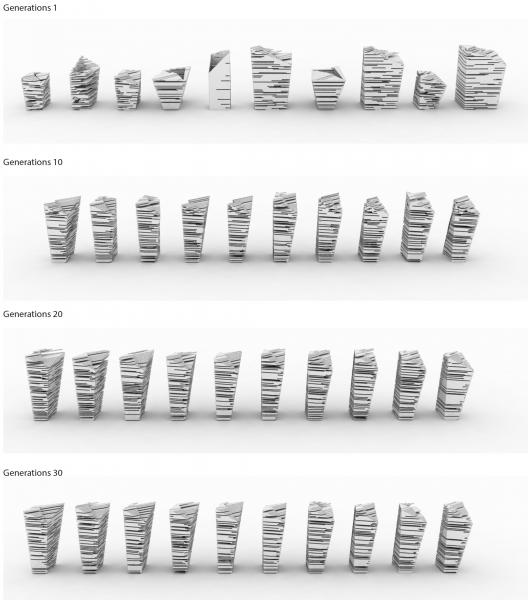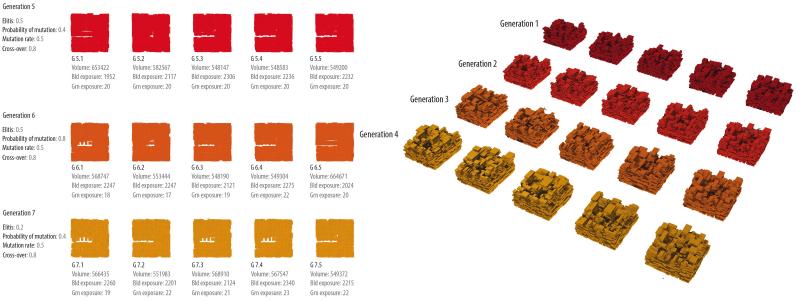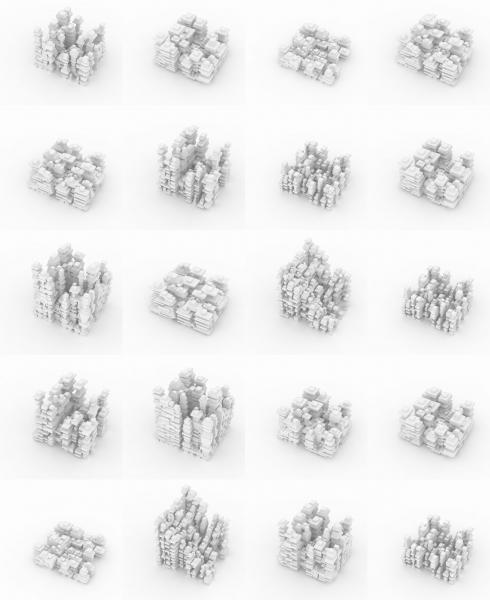Emergence Seminar
The breeding criteria was pre-defined and the sequence diagrams were carried out computationally. All three generations were evaluated in the end. In this case only three consecutive generations were ran; in actual design projects, the number of generations ran would be much higher.
Georgios Bitsianis
Ernesto Pastore
Abhilasha Porwal
Camille Saad



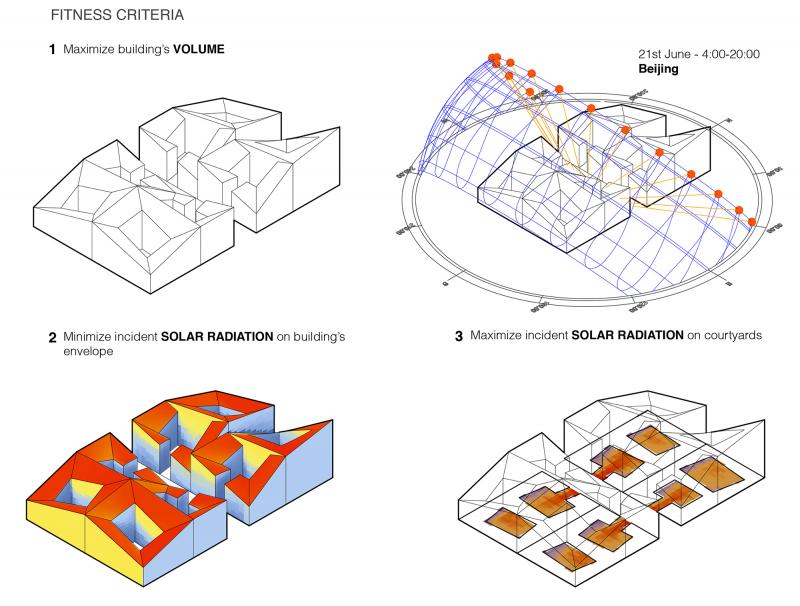

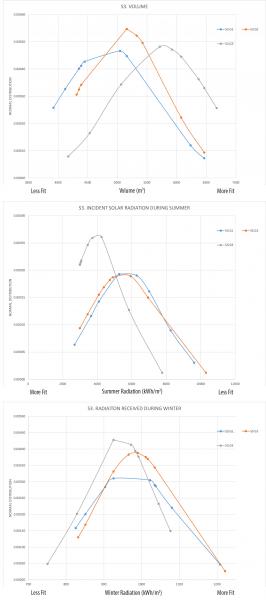
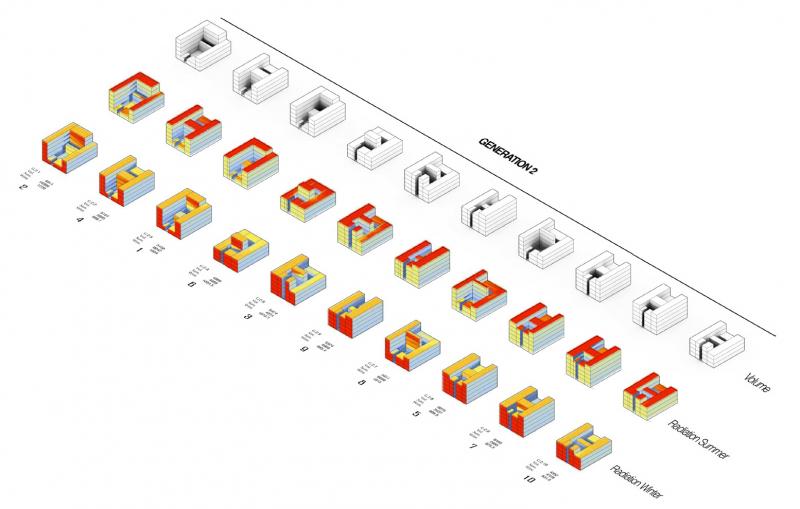
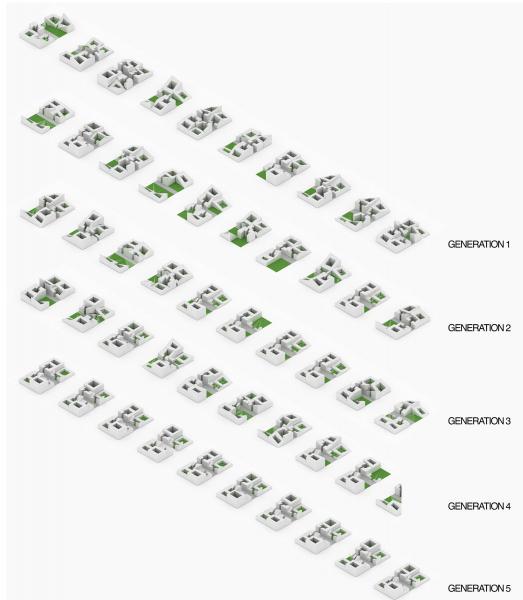
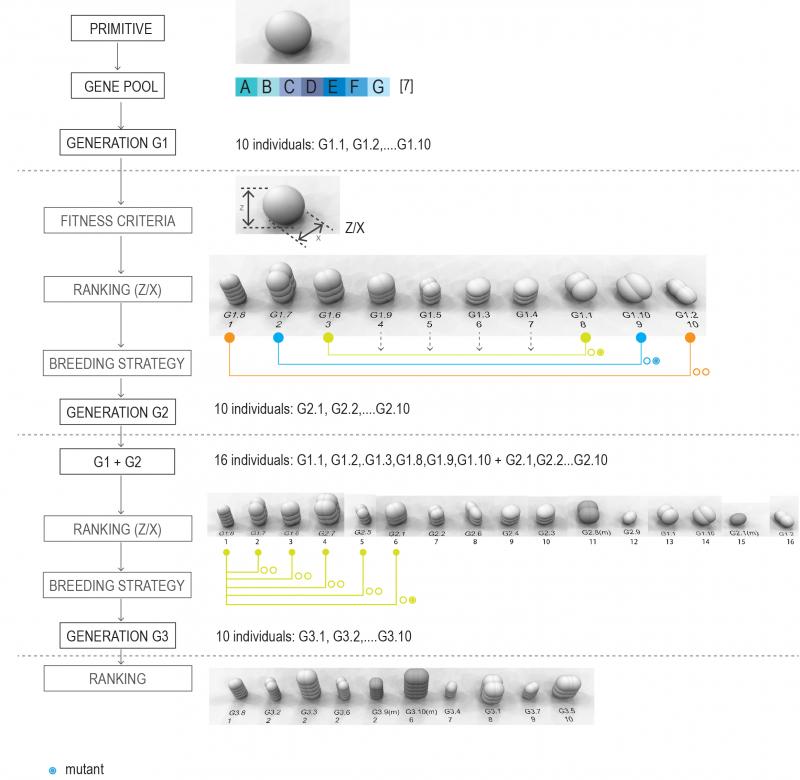
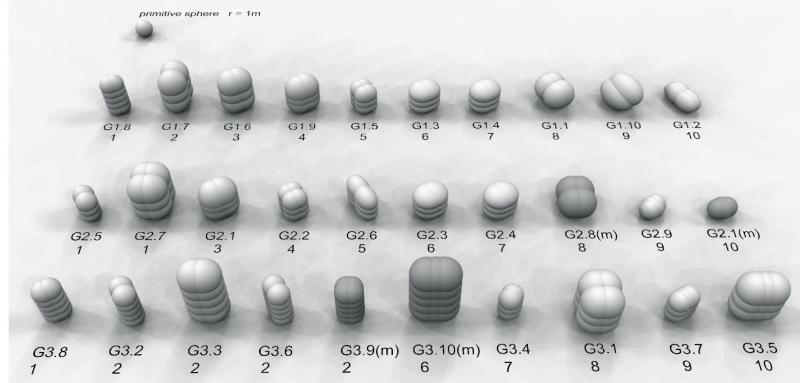
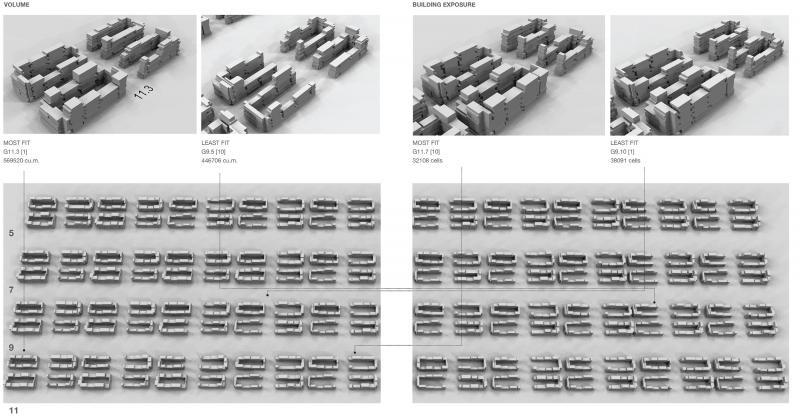
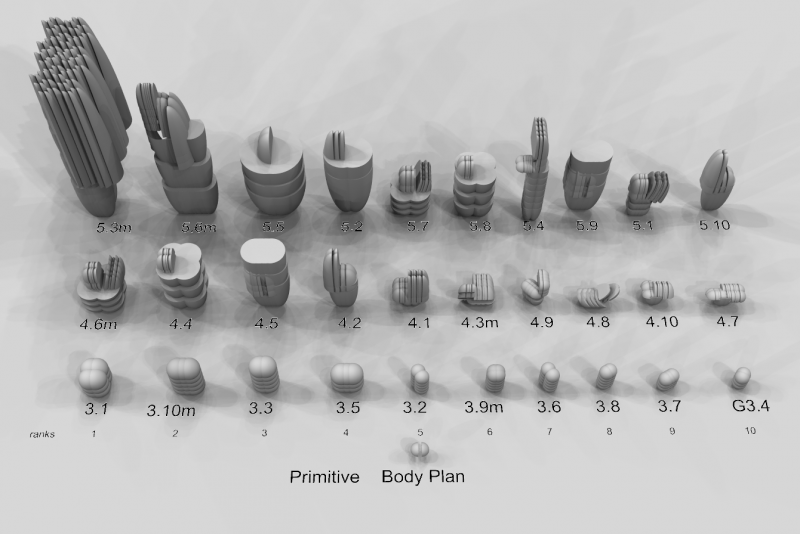

_Daniel-Silvia-Suhash-Amritha-3.jpg)
_Daniel-Silvia-Suhash-Amritha-11.jpg)
